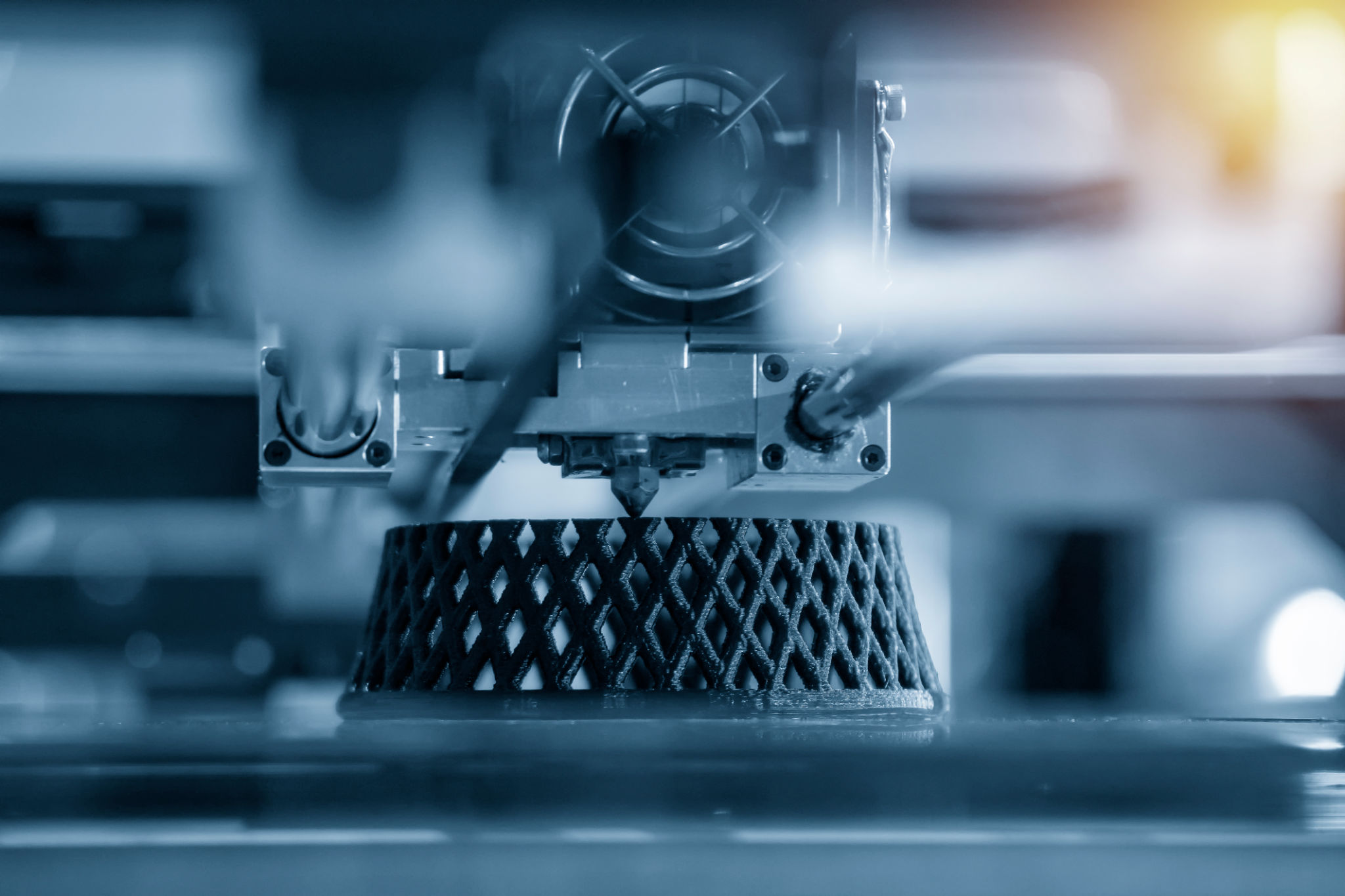Expert Tips for Maximizing the Benefits of Rapid Prototyping
Understanding Rapid Prototyping
In today's fast-paced world of product development, rapid prototyping has become a vital tool for designers and engineers. This technique allows for quick iteration and refinement of ideas, offering a tangible way to evaluate concepts before full-scale production. By utilizing rapid prototyping, teams can significantly reduce time to market and minimize costly errors.

The Importance of Early Testing
One of the primary benefits of rapid prototyping is the ability to test ideas early in the development process. Early testing helps identify potential flaws and usability issues, allowing teams to make necessary adjustments before investing in expensive manufacturing processes. This approach not only saves time but also ensures a higher quality final product.
Choosing the Right Prototyping Method
There are several methods available for rapid prototyping, including 3D printing, CNC machining, and laser cutting. Selecting the right method depends on factors such as material requirements, budget, and the complexity of the design. It's essential to evaluate each method's capabilities and limitations to ensure it aligns with project goals.
Effective Collaboration with Stakeholders
Collaboration is crucial when using rapid prototyping. Engaging stakeholders early in the process can provide valuable insights and feedback that enhance the design. Regular communication ensures that everyone is on the same page and that the prototype meets all necessary criteria.

Iterate and Refine
Rapid prototyping thrives on iteration. The goal is to create multiple versions of a prototype, each one improving upon the last. This iterative process enables teams to refine their ideas continuously and adapt to new insights or challenges that arise during testing.
Leveraging Feedback for Improvement
Gathering feedback from users and stakeholders is a critical part of refining prototypes. Constructive criticism can highlight areas for improvement and inspire innovative solutions. Utilizing feedback ensures that the final product meets user needs and exceeds expectations.
Cost-Effective Solutions
While rapid prototyping involves initial costs, it ultimately saves money by identifying issues early and reducing waste. By catching problems in the prototype stage, companies avoid costly revisions during production. Moreover, rapid prototyping allows for experimenting with different materials and techniques without committing to large-scale production runs.

Future-Proofing Your Design Process
As technology continues to evolve, staying ahead of the curve is essential for maintaining a competitive edge. Rapid prototyping provides a framework for innovation, enabling teams to experiment with new ideas quickly. By integrating this approach into your design process, you ensure your products remain relevant and adaptable in an ever-changing market.
In conclusion, rapid prototyping offers numerous benefits that can transform your design process. By understanding its potential and applying expert tips effectively, you can maximize these advantages and bring innovative products to market faster than ever before.
